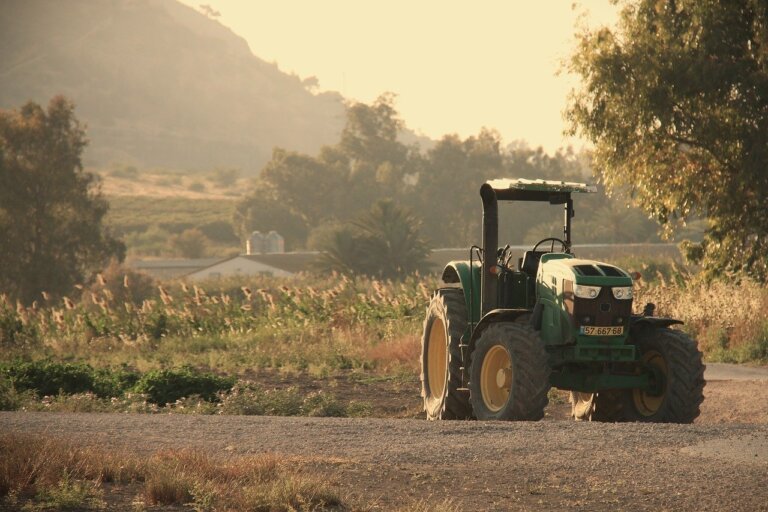Carbone attivo per il suolo
.webp)
Acquistare il carbone attivo per il suolo
Le sfide del settore
Complessità dell'ottimizzazione del dosaggio
- Ottimizzare e calcolare i tassi di applicazione efficaci è difficile a causa delle variazioni del tipo di terreno e della contaminazione.
- Un'applicazione insufficiente non immobilizza efficacemente gli inquinanti, mentre un'applicazione eccessiva può portare all'alterazione della comunità microbica e della struttura del suolo.
Problemi di coerenza dei materiali
- Le prestazioni possono essere incoerenti tra le varie tecnologie/AC In genere variano i materiali biologici o le fonti di carbone e i metodi di produzione.
- Questa variazione può avere un impatto sull'adsorbimento e sulla relativa affidabilità nell'influenzare i contaminanti e i nutrienti in vari ambienti del suolo.
Potenziale effetto negativo sull'ecosistema
- L'AC può anche potenzialmente adsorbire materia organica e nutrienti benefici, che possono modificare i processi microbici e alterare i cicli biogeochimici.
- L'alcalinità dell'AC può anche alterare il pH, alterando ulteriormente la funzione dei sedimenti e del suolo, nonché la crescita delle piante nei terreni sensibili.
Sfide con la distribuzione uniforme
- L'uniformità di distribuzione su una scala utile per un'applicazione sul campo rimane una sfida tecnica.
- Questo vale anche per la bonifica in situ, dove la profondità e l'accuratezza della miscelazione del suolo influiscono sull'efficacia del trattamento.
Stabilità a lungo termine
- Le sfide legate alla scalabilità e alla nuova CA modificata chimicamente non sono note per quanto riguarda la longevità e la stabilità sul campo.
- Verrà convalidata la durata delle modifiche superficiali e la durata della capacità di adsorbimento.
tipi di carbone attivo correlati
-r8fslg51nt6wgjtvh6yldxb1gtkgm3lpe0oq1akgog.webp)
- Valore dello iodio: 600-1200
- Dimensione della maglia: 1×4/4×8/8×16/8×30/12×40/20×40/20×50/30×60/40×70 (più dimensione su richiesta)
- Densità apparente: 400-700
-r8fsli0q1h9h3rr567ruiwtynlb71ht629zozuhoc0.webp)
- Valore dello iodio: 500-1300
- Dimensione della maglia: 0.9-1mm/1.5-2mm/3-4mm/6mm/8mm (più dimensione su richiesta)
- Densità apparente: 450-600
-r8fslbfupn0gui0p8mxgjghqhw7mjm31pdfamwrfjk.webp)
- Valore dello iodio: 500-1300
- Dimensione della maglia: 150/200/300/350 (altre dimensioni su richiesta)
- Densità apparente: 450 - 550
-r8fsle9da54btbwls65c8xs4a1tq6pe8prdr2qn90w.webp)
- Valore dello iodio: 400-800
- Dimensione della maglia: 100×100×100mm/100×100×50mm (densità cellulare personalizzata su richiesta)
- Densità apparente: 350-450
- Diametro del foro: 1,5-8 mm

- Valore dello iodio: 700-1200 mg/g
- Superficie: 700-1200 m²/g
- Densità apparente: 320-550 kg/m³

- Valore dello iodio: 700-1200 mg/g
- Superficie: 700-1200 m²/g
- Densità apparente: 320-550 kg/m³

- Valore dello iodio: 700-1200 mg/g
- Superficie: 700-1200 m²/g
- Densità apparente: 300-650 kg/m³

- Valore dello iodio: 700-1200 mg/g
- Superficie: 700-1200 m²/g
- Densità apparente: 320-550 kg/m³

- Metodo di attivazione: Attivazione a vapore/gas ad alta temperatura
- Struttura dei pori: Dominata da microporosità, distribuzione uniforme dei pori
- Profilo ambientale: Senza sostanze chimiche, a basso contenuto di ceneri
- Applicazioni primarie: Adsorbimento in fase gassosa, purificazione dell'acqua potabile

- Metodo di attivazione: Attivazione chimica (ad es. H₃PO₄/ZnCl₂) a temperature moderate.
- Struttura dei pori: Ricca di mesopori, area superficiale più elevata
- Efficienza del processo: Tempo di attivazione più breve, resa superiore 30-50%
- Post-trattamento: Lavaggio acido necessario per rimuovere i residui

- Funzionalizzazione: Carica di agenti attivi (ad esempio, I₂/Ag/KOH).
- Assorbimento mirato: Maggiore cattura di inquinanti specifici (ad esempio, Hg⁰/H₂S/gas acidi).
- Personalizzazione: Ottimizzato chimicamente per i contaminanti target
- Applicazioni principali: Trattamento dei gas industriali, protezione CBRN
Perché utilizzare il nostro carbone attivo

Qualità costante delle prestazioni:
Il nostro carbone attivo mantiene una struttura dei pori e una capacità di adsorbimento uniformi in tutti i lotti, per risultati affidabili di bonifica del suolo.

Maggiore compatibilità ambientale:
La chimica di superficie appositamente studiata riduce al minimo gli impatti indesiderati sui nutrienti del suolo e sugli ecosistemi microbici.

Garanzia di stabilità a lungo termine:
La matrice di carbonio modificata garantisce un legame persistente con i contaminanti e vantaggi per la struttura del suolo in condizioni ambientali variabili.

Processo di produzione sostenibile:
Utilizza materie prime rinnovabili e metodi di attivazione a basso consumo energetico per ridurre l'impronta ecologica.

Targeting ottimizzato dei contaminanti:
I gruppi funzionali personalizzabili consentono un'immobilizzazione superiore di inquinanti specifici, come metalli pesanti o composti organici.
Processo e tecnologia
1. Risanamento della contaminazione da arsenico nei suoli di risaia
Panoramica della soluzione
Il carbone attivo (AC) viene applicato ai terreni di risaia contaminati da arsenico per immobilizzare l'arsenico adsorbendo la materia organica disciolta (DOM), che media la riduzione microbica degli ossidi di ferro e il conseguente rilascio di arsenico.
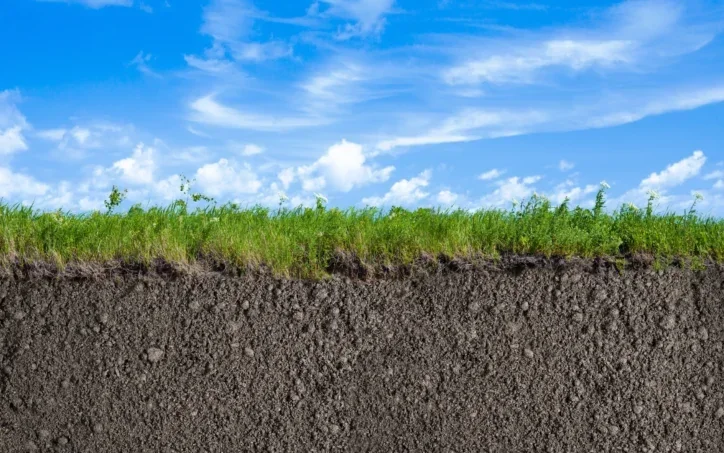
Vantaggi principali
- Riduce contemporaneamente la biodisponibilità dell'arsenico nei chicchi di riso e sopprime le emissioni di metano interrompendo il trasporto di elettroni guidato dai DOM.
- Diminuisce l'accumulo di dimetilarsenato nelle colture attraverso la riduzione del DOM nell'acqua di falda a lungo termine - Aumenta la stabilità redox del suolo senza introdurre contaminanti secondari
- Aumenta la stabilità redox del suolo senza introdurre contaminanti secondari
- Mantiene la produttività del riso attenuando la traslocazione dell'arsenico nelle parti commestibili.
2. Stabilizzazione dei metalli pesanti nei terreni inquinati
Panoramica della soluzione
L'AC modificato chimicamente (ad esempio, drogato con zolfo, potenziato con fosfati o rivestito con ossidi metallici) immobilizza metalli pesanti come il cadmio (Cd) e il piombo (Pb) attraverso la complessazione superficiale, la precipitazione e lo scambio ionico.

Vantaggi principali
- Crea complessi metallo-carbonio stabili attraverso gruppi funzionali (ad esempio, solfidrilici, fosfati) per ridurre la fitodisponibilità.
- Migliora sinergicamente la fertilità del suolo trattenendo i nutrienti (ad esempio, il fosforo) e immobilizzando le tossine.
- Modifica la composizione della comunità microbica per favorire i taxa resistenti ai metalli e ridurre l'assorbimento dei metalli da parte delle piante.
- Mantiene la stabilità a lungo termine dei metalli immobilizzati in condizioni di umidità del suolo variabili.
3.Miglioramento della struttura fisica nei terreni coesivi
Panoramica della soluzione
L'AC migliora la connettività della rete dei pori nei terreni argillosi compattati agendo come impalcatura fisica, aumentando la macroporosità e la conducibilità idraulica.
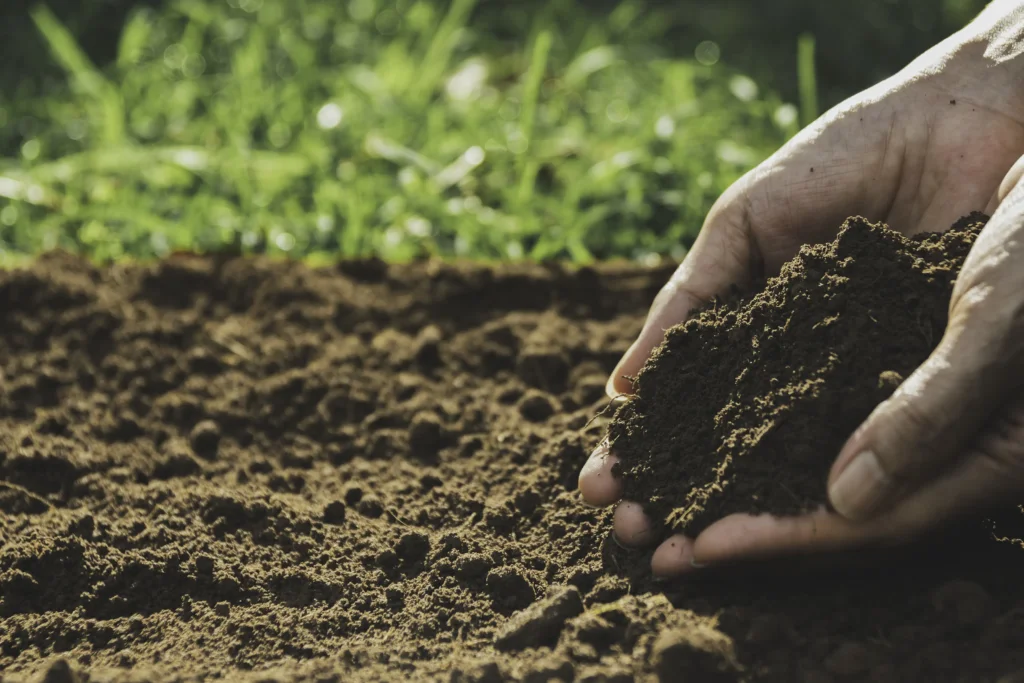
Vantaggi principali
- Migliora l'aerazione del suolo e l'infiltrazione dell'acqua attraverso la formazione di macropori interconnessi.
- Riduce la densità apparente del suolo e la resistenza meccanica alla penetrazione delle radici.
- Migliora la diffusione dei gas e la capacità di trattenere l'umidità nei terreni aridi o con ristagni d'acqua.
- Aumenta la resilienza alla compattazione nei terreni agricoli gestiti in modo intensivo
4. Sequestro di carbonio nel suolo e mitigazione dei gas serra
Panoramica della soluzione
L'incorporazione di AC aumenta lo stoccaggio di carbonio organico nel suolo a lungo termine e riduce le emissioni di gas serra (CO₂, N₂O, CH₄) alterando le vie di respirazione microbica.
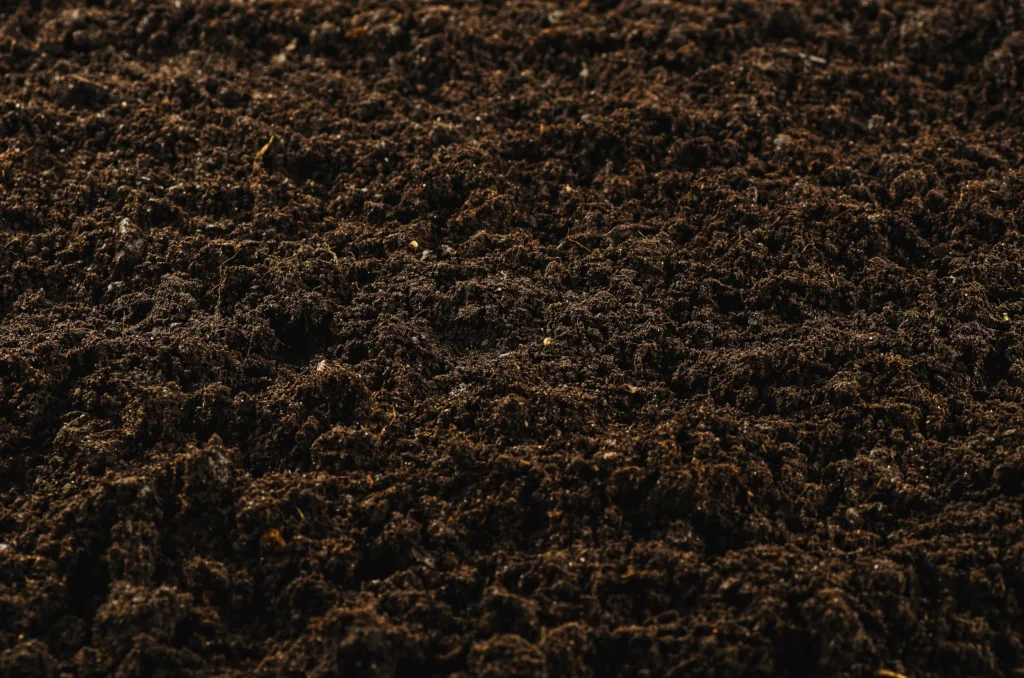
Vantaggi principali
- Promuove la formazione di pool di carbonio stabili attraverso la protezione fisica della materia organica.
- Sopprime la metanogenesi competendo per i donatori di elettroni nei micrositi anaerobici
- Riduce le emissioni di protossido di azoto adsorbendo i substrati azotati utilizzati nella denitrificazione.
- Riduce il potenziale di riscaldamento globale dei sistemi agricoli senza compromettere la resa delle colture
5. Emendamenti sostenibili derivati dai rifiuti
Panoramica della soluzione
L'AC prodotto da biomassa di scarto agricolo (ad esempio, semi di palma da dattero, residui di anacardi, fanghi) offre un ammendamento ecologico del suolo che riutilizza i flussi di rifiuti organici.
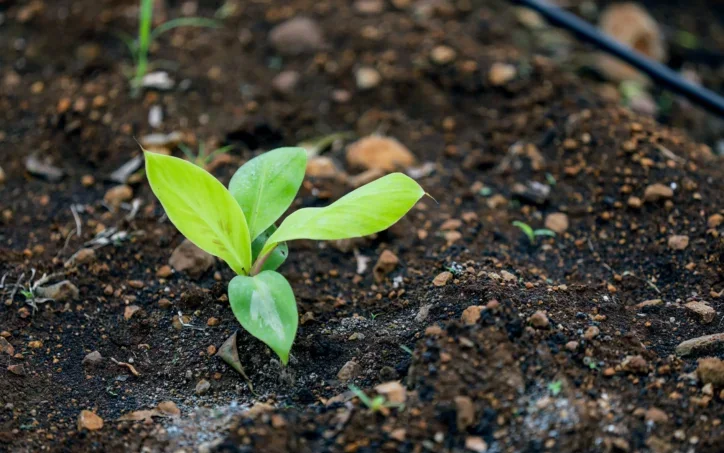
Vantaggi principali
- Utilizza i principi dell'economia circolare convertendo i rifiuti in miglioratori del suolo a valore aggiunto.
- Personalizza la struttura dei pori e la funzionalità della superficie attraverso la selezione della materia prima e le condizioni di pirolisi
- Riduce al minimo l'impatto ambientale grazie a metodi di attivazione ecologici (ad esempio, ossalato di sodio anziché sostanze chimiche corrosive).
- Offre il duplice vantaggio della valorizzazione dei rifiuti e del miglioramento della qualità del suolo

